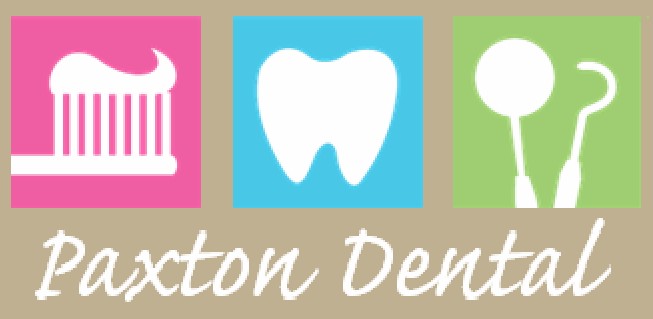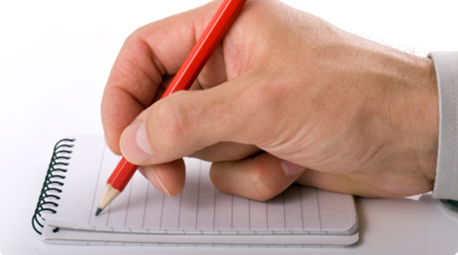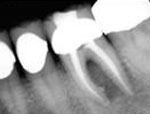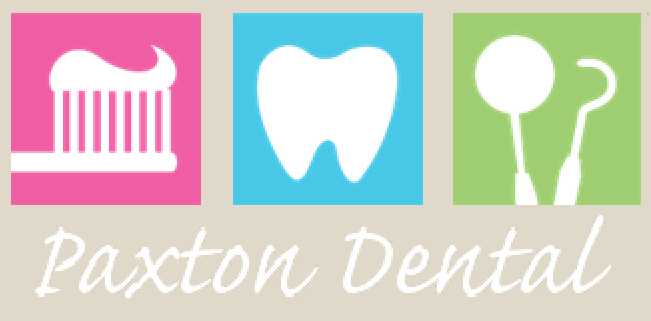Dr. Bartholomew Paxton, DDS
801-969-3752
 | ||||
Patient Instructions
Tooth Extraction
Post-Op Instructions
Do not disturb the area
For the next few days, and especially the first 24 hours, it is very important to allow your body to form a good clot and start the natural healing process. Swishing, sucking through a straw, and smoking can all dislodge the clot. Keep anything sharp from entering the wound (crunchy food, toothpicks, eating utensils). Be sure to chew on the opposite side for 24 hours.
Bleeding
When you leave the office, you might be biting on a gauze pad to control bleeding. Keep slight pressure on this gauze for at least 30 minutes. Don't change it during this time; it needs to remain undisturbed while a clot forms in the extraction socket. After 30 minutes you may remove it. You may bite on another gauze or a tea bag for another 30 minutes if you feel it is still bleeding. Small amounts of blood in the saliva can make your saliva appear quite red. This is normal and may be noticed the rest of the day after the procedure.
Smoking
Smoking should be stopped following surgery. Healing and success of the surgery will be substantially reduced by the cigarette smoke chemicals in your body. Also the suction created when inhaling cigarettes can dislodge the clot. Smokers are at greater risk of developing a painful Dry Socket.
Pain
Some discomfort is normal after surgery. To minimize pain, Take two Advil, or similar non-aspirin pain reliever every 3 to 4 hours until bedtime to maintain comfort. Take it before the anesthesia wears off. If prescription pain medication is prescribed, take it as instructed on the label. Don't exceed the dose on the label. Taking with food or milk will help reduce upset stomach. Avoid driving or operating heavy machinery when taking pain prescriptions. Do not drink alcohol while taking prescription pain medications.
Nausea
This is most often caused by taking pain medications on an empty stomach. Reduce nausea by preceding each pain pill with soft food, and taking the pill with a large glass of water.
Swelling
Applying an ice bag to the face over the operated area will minimize swelling. Apply for 15 minutes, then remove for 15 minutes. Continue this for the first day.
Numbness
The local anesthetic will cause you to be numb for several hours after you leave the office. Be very careful not to bite, chew, pinch, or scratch the numb area. Sometimes the extraction causes residual numbness or tingling for six weeks or longer.
Brushing
Do not brush your teeth for the first 8 hours after surgery. After this, you may brush your teeth gently, but avoid the area of surgery for 3 days.
Rinsing
Avoid all rinsing or swishing for 24 hours after extraction. Rinsing can disturb the formation of a healing blood clot which is essential to proper healing. This could cause bleeding and risk of dry socket. After 24 hours you may begin gentle rinsing with a saltwater solution (1/2 teaspoon salt + 1/2 teaspoon soda + 8 ounces warm water). Avoid commercial mouth rinses.
Diet
Eat soft foods for the first two days. Maintain a good, balanced diet. Return to normal regular meals as soon as you are able after the first two days. Drink plenty of water. Avoid alcohol for 48 hours.
Activity: After leaving the office, rest and avoid strenuous activities for the remainder of the day. Keeping blood pressure lower will reduce bleeding and aid healing.
Antibiotics
If you were given an antibiotic prescription, take all of them as directed until they are gone. Women: some antibiotics can reduce the effectiveness of birth control pills. Use alternate birth control methods for two months.
Sinus
If your sinus was involved in the procedure, you should avoid blowing your nose or playing a wind musical instrument for one week. Use of decongestant medications might be recommended.
Please call your dentist if you have:
- uncontrollable pain after 3 days
- excessive or severe bleeding
- marked fever
- excessive warm swelling occurring a few days after the procedure
- reactions to medications, especially rash, itching, or breathing problems
Root Canal
What To Expect Following Root Canal Therapy
1. It is not uncommon for a tooth to be uncomfortable or even exhibit a dull ache immediately after receiving root canal therapy. This should subside within a few days.
It is not uncommon for a tooth to be uncomfortable or even exhibit a dull ache immediately after receiving root canal therapy. This should subside within a few days.
2. Your tooth will be sensitive to biting pressure and may even appear to feel loose. This feeling is a result of the sensitivity / inflammation of nerve-endings and surrounding tissue just outside the end of the root(s) that were treated. This is normal and will become progressively more comfortable within a few days.
Your tooth will be sensitive to biting pressure and may even appear to feel loose. This feeling is a result of the sensitivity / inflammation of nerve-endings and surrounding tissue just outside the end of the root(s) that were treated. This is normal and will become progressively more comfortable within a few days.
3. You may feel a rough area (on the top surface of a back tooth or on the back surface of a front tooth), where the access was made and sealed with a temporary filling. The temporary filling seals and protects the root canal treatment from becoming contaminated and re-infected between appointments. If the filling comes out or sinks down in the tooth it is important to contact our office to replace the filling to ensure the root canal therapy remains protected.
You may feel a rough area (on the top surface of a back tooth or on the back surface of a front tooth), where the access was made and sealed with a temporary filling. The temporary filling seals and protects the root canal treatment from becoming contaminated and re-infected between appointments. If the filling comes out or sinks down in the tooth it is important to contact our office to replace the filling to ensure the root canal therapy remains protected.
4. A small percentage of patients may experience severe post-treatment pain and / or swelling in the area that was treated. If this occurs, please call our office immediately so we may address this problem.
A small percentage of patients may experience severe post-treatment pain and / or swelling in the area that was treated. If this occurs, please call our office immediately so we may address this problem.
What To Do Following (Root Canal) Therapy
We recommend that you take an analgesic medication for pain-relief within one hour of leaving our office to allow the medication to be effective before the anesthesia administered begins to subside. Generally only a single dose is required; however, some people may require pain relieving medication over the next several days.
a. Ibuprofen (Advil, Motrin) 800mg every 6 hours (not to exceed 800/6-8 hours) is recommend for patients able to take, non-steroidal anti-inflammatory medication, or aspirin.
b. For people unable to take ibuprofen, non-steroidal medications, or aspirin, then Acetaminophen (Tylenol) 1000mg every 6 hours (not to exceed 1000mg/4-6 hours) is recommended.
NOTE: The consumption of alcohol is not recommended while taking acetaminophen or medications containing acetaminophen.
Minimize chewing on the affected tooth until your root canal therapy is complete and your dentist has placed a protective restoration on your tooth. This is to avoid damage to the tooth.
If your tooth requires placement of a protective restoration we will inform you of this and recommend that you contact your dentist office to have your tooth restored within 2-4 weeks following completion of your root canal therapy.
Listed below are the post-op Instructions following tooth extraction and root canal extraction. Following these instructions very closely will greatly help your comfort, and promote uneventful healing of the area. If any of the instructions are not followed, you might have significantly more discomfort, and the success of the procedure may be affected.
Copyright 2014 by Dr. Bartholomew Paxton, DDS - All Rights Reserved
Paxton Dental
2852 West 4700 South . Suite B . Taylorsville . Utah 84129 . 801.969.3752
Follow Us On Blogger
Follow Us On Facebook




